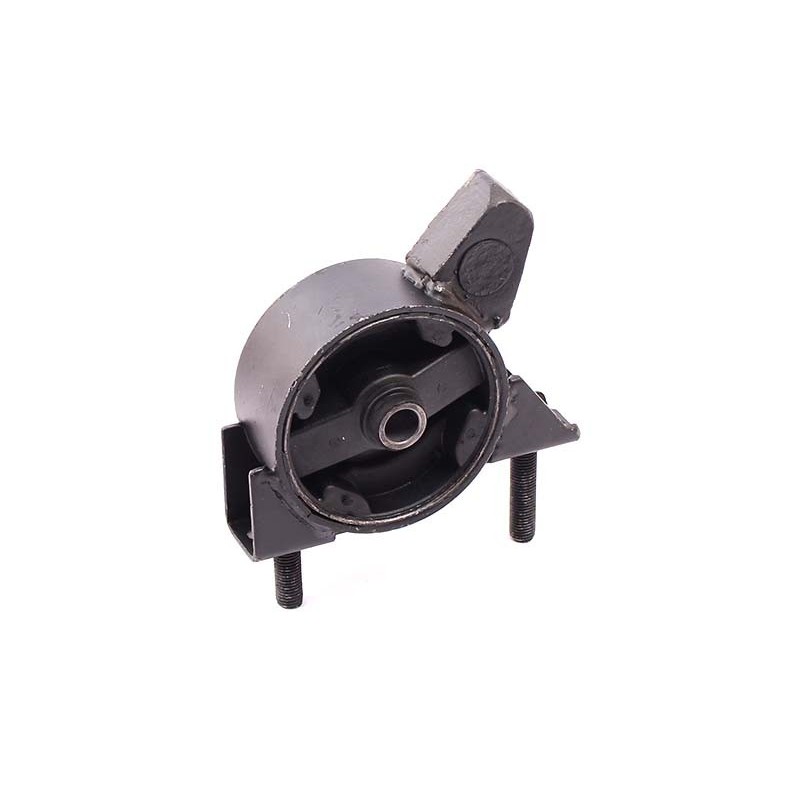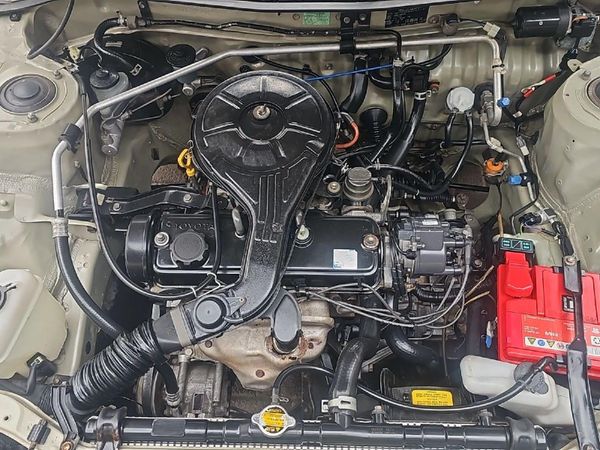Toyota Tazz: Understanding Its Popularity in the Used Car Market
Wiki Article
Discover the most recent Patterns in Engine Technology Via Tazz
In the quickly developing landscape of automotive innovation, Tazz stands at the center, highlighting considerable improvements in engine systems that focus on both technology and sustainability. tazz. From crossbreed engines that optimize gas effectiveness to the emergence of hydrogen gas cells, the trends forming modern-day powertrains are not only improving performance yet also dealing with critical environmental difficulties. As the market remains to push limits, it is necessary to think about exactly how these advancements will influence future transportation solutions and the more comprehensive effects for international power usage. What lies ahead in this pivotal makeover?Crossbreed Engine Innovations
Hybrid engine technologies stand for a critical change in automobile technology, incorporating the benefits of inner combustion engines with electrical propulsion systems. This combination not only improves fuel effectiveness but additionally decreases exhausts, meeting significantly strict ecological policies. By making use of both energy resources, hybrid engines can optimize efficiency, supplying power when needed while preserving fuel throughout less demanding motoring conditions.Current advancements in hybrid modern technology include enhancements in battery efficiency and regenerative braking systems. These technologies allow for higher power recovery during slowdown, which can be rerouted to assist in velocity or power accessory systems. Furthermore, makers are concentrating on lightweight materials and small layouts to make best use of the efficiency of hybrid powertrains.
The growth of plug-in crossbreeds has actually also expanded the market, enabling chauffeurs to bill their automobiles making use of common electrical outlets. This feature commonly permits substantial all-electric array, more lowering dependancy on typical gas. tazz. As the auto sector proceeds to advance, hybrid engine modern technologies are anticipated to play a crucial role in bridging the void in between standard automobiles and completely electric designs, offering a transitional solution that satisfies varied customer requirements and preferences
Advancements in Electric Powertrains
The automotive landscape is swiftly advancing, with electrical powertrains emerging as a leading force in lasting transport. Developments in electric vehicle (EV) modern technology are substantially improving performance, performance, and customer experience. Key innovations consist of improvements in battery chemistry, which have actually enhanced power thickness, reduced billing times, and extended total battery life.Solid-state batteries, for instance, promise to reinvent the market by supplying greater safety and security and efficiency contrasted to conventional lithium-ion cells. In addition, improvements in regenerative stopping systems are allowing lorries to recuperate power during slowdown, adding to overall performance.
Along with battery innovation, electric motor styles are coming to be much more sophisticated. Innovations such as incorporated motors and progressed thermal administration systems are aiding to maximize power shipment and reduce weight, eventually improving car dynamics.

Collectively, these advances underscore the dedication to change in the direction of cleaner, extra reliable transport options, placing electric powertrains at the forefront of automotive innovation.
The Surge of Hydrogen Gas Cells
Progressively, hydrogen fuel cells are acquiring traction as a sensible choice to standard interior combustion engines and battery electrical automobiles. This innovation utilizes the chemical power saved in hydrogen, transforming it into electrical power through an electrochemical response with oxygen. The main byproduct of this procedure is water, making hydrogen fuel cells an environmentally pleasant choice with zero exhausts at the tailpipe.
Automakers are significantly buying hydrogen fuel cell technology, acknowledging its possibility for long-range applications and quick refueling capabilities that match traditional gas. In addition, fields such as heavy-duty transport and public transit are especially appropriate for hydrogen fuel cells, where battery electric options might fail as a result of weight and array constraints.
As research and investment remain to expand, hydrogen fuel cells are poised to play a significant role in the future landscape click to find out more of clean transport and power remedies.
Enhancements in Internal Burning Engines
Innovations in internal burning engine (ICE) modern technology are changing typical lorries to fulfill modern-day ecological requirements and performance expectations. One of one of the most substantial improvements includes the combination of advanced fuel shot systems. These systems maximize the air-fuel mix, boosting burning efficiency and causing lowered exhausts. Direct gas shot, as an example, permits better atomization of gas, leading to even more full visit site burning and boosted power outcome.Furthermore, turbocharging has actually gotten prominence, permitting smaller engines to supply higher efficiency without the weight of larger engines - tazz. This modern technology not only enhances effectiveness yet likewise adds to reduce gas consumption. Variable shutoff timing systems are also being improved, enabling engines to adjust to various driving problems for boosted torque and responsiveness
Additionally, making use of lightweight products in engine building is coming to be basic, more enhancing fuel performance by decreasing general vehicle weight. Engine control units (ECUs) are increasingly innovative, enabling real-time modifications that maximize performance and discharges.
These improvements jointly represent an essential change in ICE technology, lining up with worldwide sustainability objectives while still providing the performance motorists get out of their vehicles. As the industry develops, these enhancements remain to form the future of traditional automotive engineering.
Future Patterns in Engine Effectiveness
Substantial advancements in engine efficiency are anticipated as producers concentrate on incorporating sophisticated modern technologies to meet stringent environmental regulations and consumer demands. The shift towards electrification, crossbreed systems, and alternative gas is improving the auto landscape, driving innovations that enhance gas economic situation and reduce emissions.Among the vital fads is the execution of sophisticated products and producing techniques. Lightweight composites and high-strength alloys add to decreased car weight, thus improving total performance. Furthermore, the adoption of turbocharging and variable valve timing modern technologies permits for enhanced power outcome from smaller engines, better boosting fuel economy.

Conclusion
To conclude, the exploration of engine innovation reveals considerable advancements that prioritize sustainability and performance. Developments in crossbreed engine systems, electric powertrains, visite site and hydrogen fuel cells show a commitment to minimizing emissions while improving efficiency. Furthermore, enhancements in inner combustion engines and a concentrate on light-weight materials add to total engine efficiency. As the auto industry continues to advance, these trends will play a vital duty fit a cleaner and more sustainable future for transport.From crossbreed engines that maximize gas performance to the emergence of hydrogen fuel cells, the trends shaping modern powertrains are not only enhancing performance but also dealing with vital environmental difficulties.Hybrid engine developments represent a critical shift in automotive technology, combining the advantages of inner burning engines with electrical propulsion systems.Furthermore, turbocharging has acquired prominence, allowing smaller sized engines to supply greater performance without the weight of larger engines. Additionally, the fostering of turbocharging and variable shutoff timing innovations allows for improved power result from smaller sized engines, additionally improving fuel economic situation.
Renovations in interior combustion engines and an emphasis on light-weight materials add to total engine effectiveness.
Report this wiki page